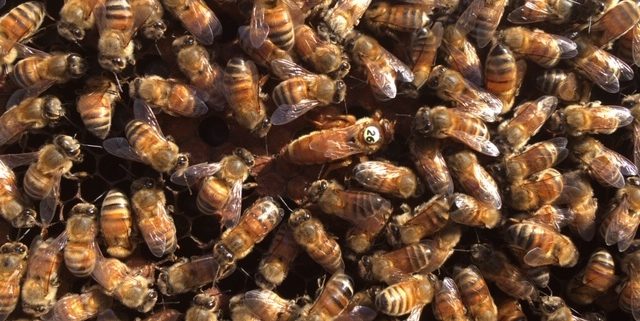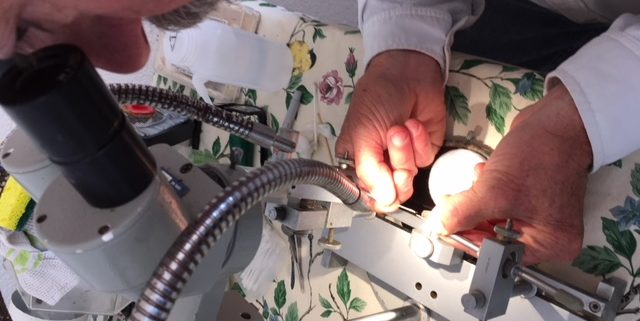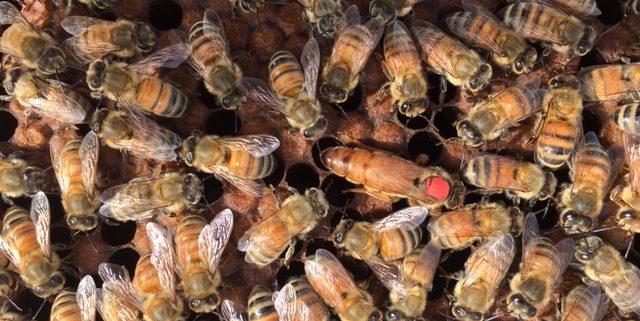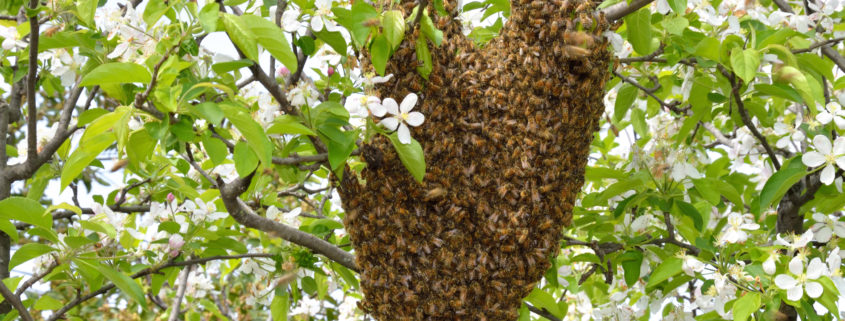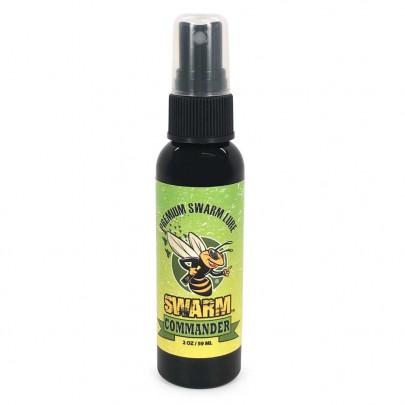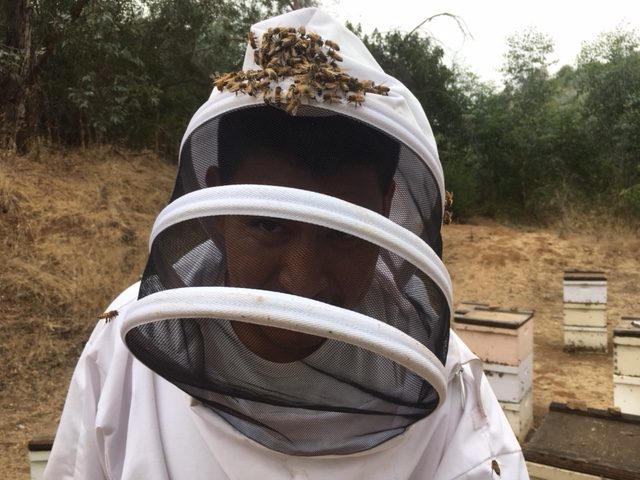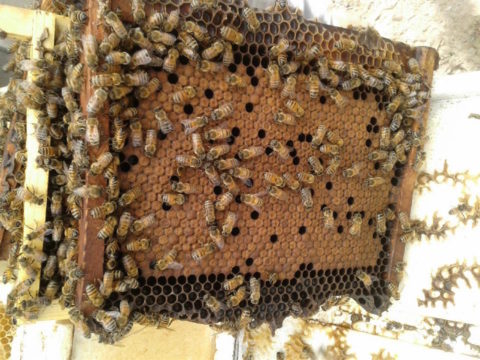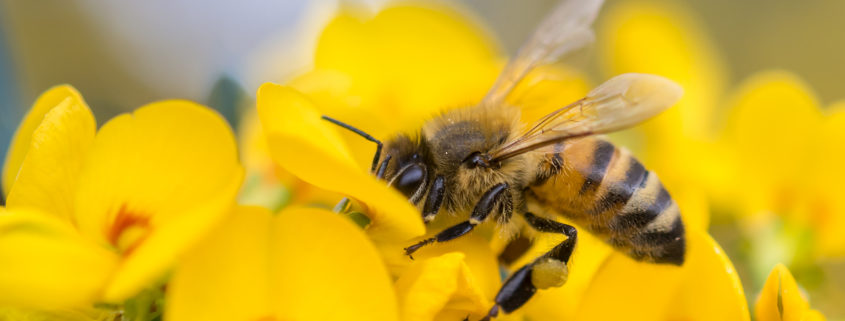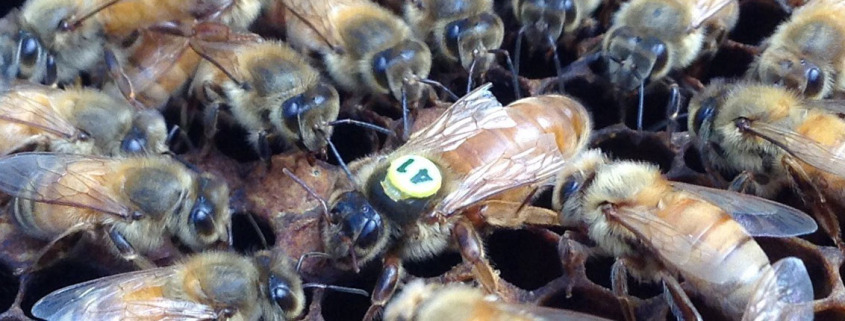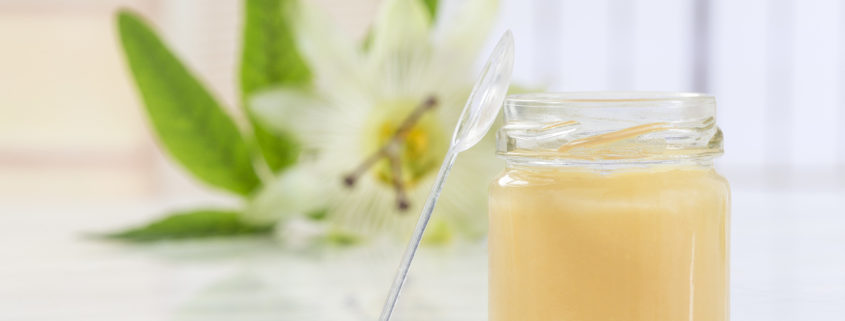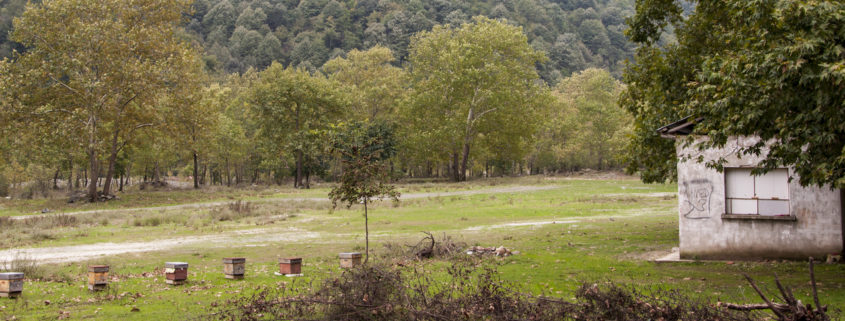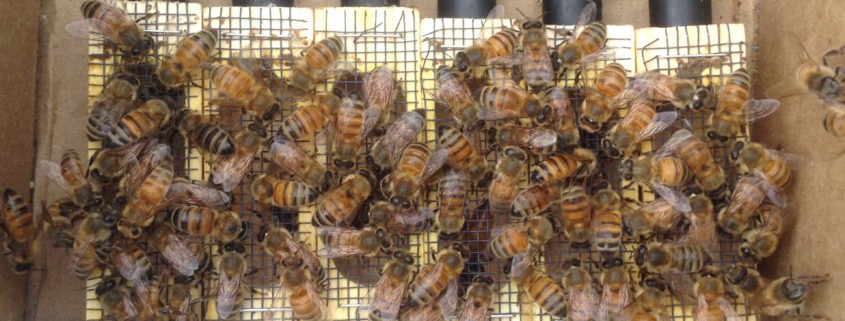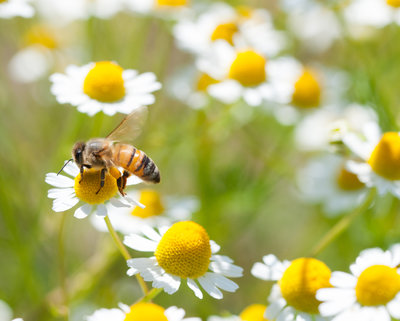Italian Queen Bees
Italian queen bees make up the heart of the American beekeeping industry. They are well known for their gentle disposition, abundant brood production, and the excellent foraging abilities of their workers.
Originating in the Apennine Peninsula of (obviously) Italy, Italian queen bees were originally introduced into the United States in the late 1850’s. As they say, “the rest is history.” Up until the introduction of Italian queen bees, American beekeepers favored the German honeybee, which was darker, less resistant to disease, and aggressive. Who wouldn’t prefer the pleasant qualities of the Italian honeybees to that? Sure enough, given their genetic advantages of solid brood production, excellent foraging, and gentleness, Italian queen honeybees and their respective Italian bees, have been a staple of American beekeeping ever since.
While by far the most popular race of bees in US beekeeping, Italian queen bees are not perfect. Some of their strengths are also the root of their weaknesses. Their continuous brood production can sometimes result in the overshooting of their optimal population, especially once a honey flow comes to an end. Sometimes, Italian queens may overproduce brood during times of dearth and cold weather, which can lead to a greater need for supplemental feeding of the colony. If ignored by the beekeeper during these times of dearth, Italian honeybees can overshoot their optimal population and then become susceptible to starvation.
In recent years, with the ever-increasing demands of the California almond pollination, Italian queen bees have become even more vital to the United States beekeeping industry. Pollination of almonds takes place in early to mid-February each year, and requires upwards of two thirds of the entire US bee population to successfully pollinate a single year’s almond crop. Obviously, February is an especially early time of year for a typical honeybee colony to be up to the level of strength of field force necessary to pollinate a commercial crop. Thus, enter the Italian queen bee!
The Italian queen bee doesn’t care what time of year it is, as she is always ready to lay more brood. It is no wonder that the vast majority of commercial beekeepers who pollinate almonds select Italian queen bees for their operations.
At Wildflower Meadows, we too have come to love and respect the venerable Italian queen bee and her wonderful traits. All of our VSH queen bees are crossed with Italian stock to create our Wildflower Meadows’ VSH-Italian queen bees.

